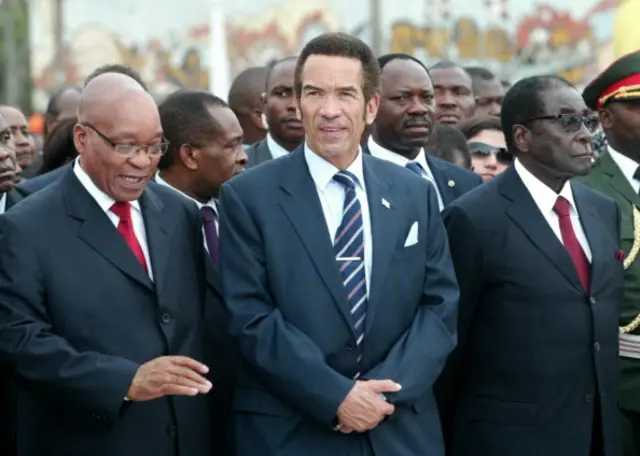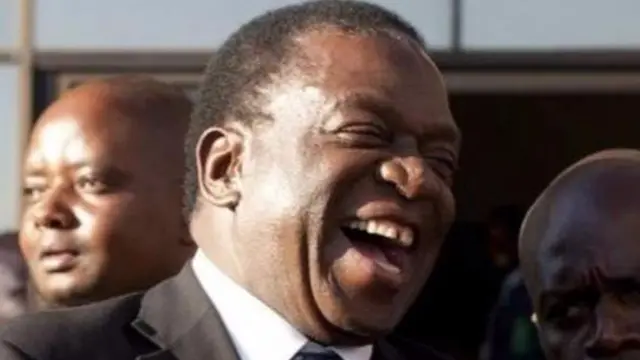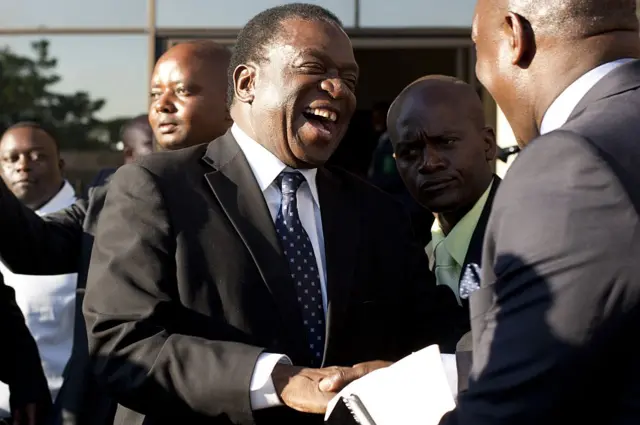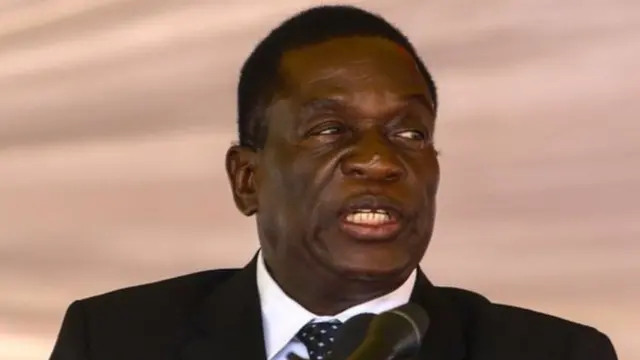How to impeach a presidentpublished at 10:35 GMT 21 November 2017
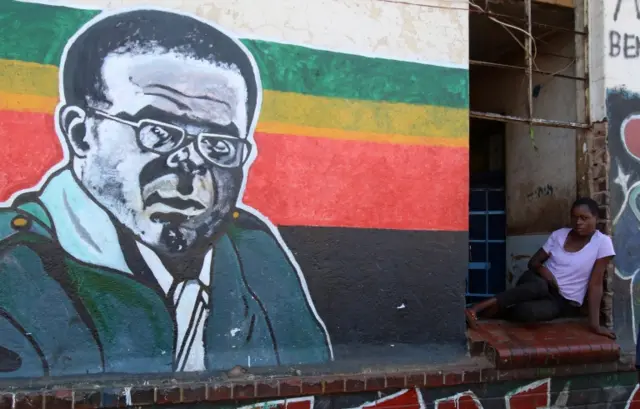 Image source, Reuters
Image source, ReutersPresident Robert Mugabe has refused to yield to pressure to resign
Veritas, a non-governmental organisation which provides legal services to Zimbabweans, has outlined how a president is impeached:
"Under section 97 of the Constitution impeachment is a three-stage process:
1. First, the Senate and the National Assembly must meet in a joint sitting and resolve, by a simple majority of their total membership, that the president should be removed from office on any one or more of four grounds:
a. serious misconduct
b. failure to obey, uphold or defend the Constitution
c. wilful violation of the Constitution
d. inability to perform his duties because of physical or mental incapacity.
[Note: An arguable case could be made for charging President Mugabe with all four grounds]
2. Once a resolution has been passed, Parliament’s Committee on Standing Rules and Orders must appoint a nine-member committee of Senators and members of the National Assembly to investigate the removal of the President.
Although section 97 of the Constitution does not say so, the committee would have to give the President a full opportunity to respond to the allegations against him – he has a right to a fair hearing under section 69 of the Constitution.
3. If the committee recommends that the President should be removed from office, the Senate and National Assembly must meet, again in joint session, to deliberate the recommendation, and if in that joint session they resolve by a two-thirds majority of their total membership to adopt the recommendation then the President immediately ceases to hold office.
 Image source, Re
Image source, ReZimbabweans of all races have united to demand an end to the president's rule
Impeachment is an elaborate process and would take time to complete. How long is difficult to say, because Parliament’s Standing Orders do not specify what notice must be given of impeachment motions, nor how joint sittings of the two Houses are convened - in fact they do not deal with impeachment at all.
In the absence of a laid-down procedure, presumably the Committee on Standing Rules and Orders, the Speaker and the staff of Parliament will make it up as they go along. Nonetheless the process would need at least several days to complete bearing in mind that:
An impeachment motion, like all motions, requires at least a day’s notice to be given before it is debated [perhaps Parliament would waive this requirement].
· Detailed grounds of impeachment would have to be prepared.
· A joint sitting would have to be arranged
· An investigation committee would have to be appointed.
· The committee would have to investigate the grounds of impeachment and give the President an opportunity to state his case [and the President would have no incentive to be brief] and to prepare a report to Parliament.
· Another the joint session would have to be convened to consider and vote on the committee’s report.
 Image source, AFP
Image source, AFPMr Mugbabe usually delivers the state of the nation address in parliament
Result of Impeachment
If President Mugabe leaves office through impeachment, a Vice-President takes over as Acting President [paragraph 14(4) of the Sixth Schedule to the Constitution]. All the Ministers who were appointed by him will stay in office, and so will the one remaining Vice-President, Mr Mphoko.
The fact that he may be outside the country, or in detention, or stripped of his party position and membership does not alter his status as Vice-President.
If Vice-President Mphoko were to resign then there would be no Vice-President, and only a President can appoint another Vice-President.
If there were no Vice-President to act as President, the remaining Cabinet Ministers would have to appoint one of themselves as Acting President in terms of section 100(1)(c) of the Constitution.
Such an Acting President could appoint a Vice-President, but only with the approval of a majority of the Cabinet.
A much simpler option would be if Mr Mugabe were to retire and appoint a new Vice-President before doing so."
